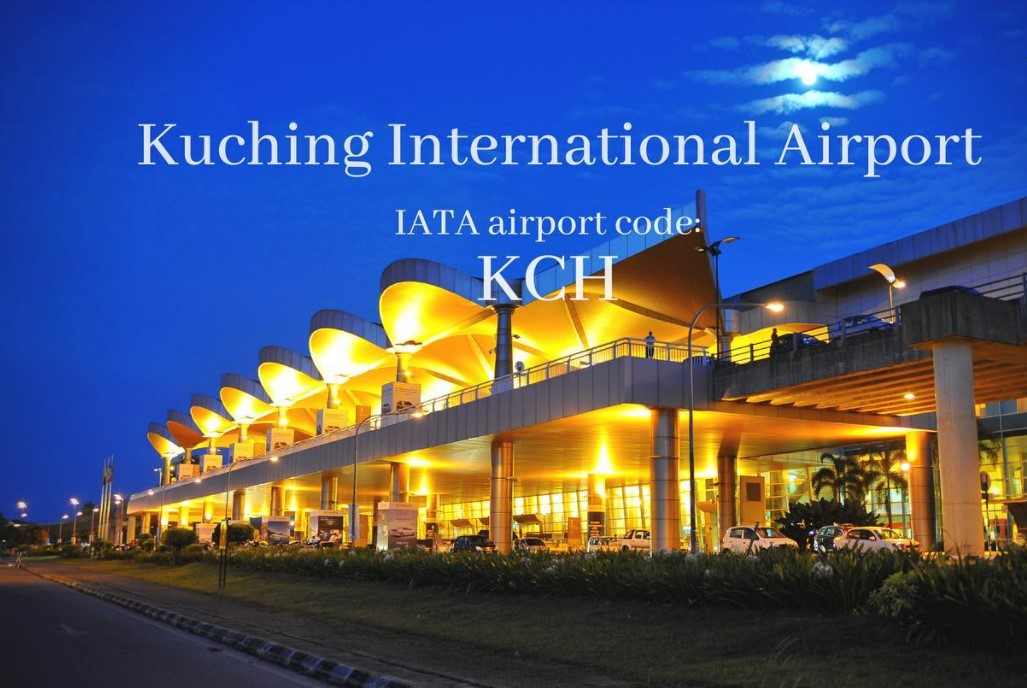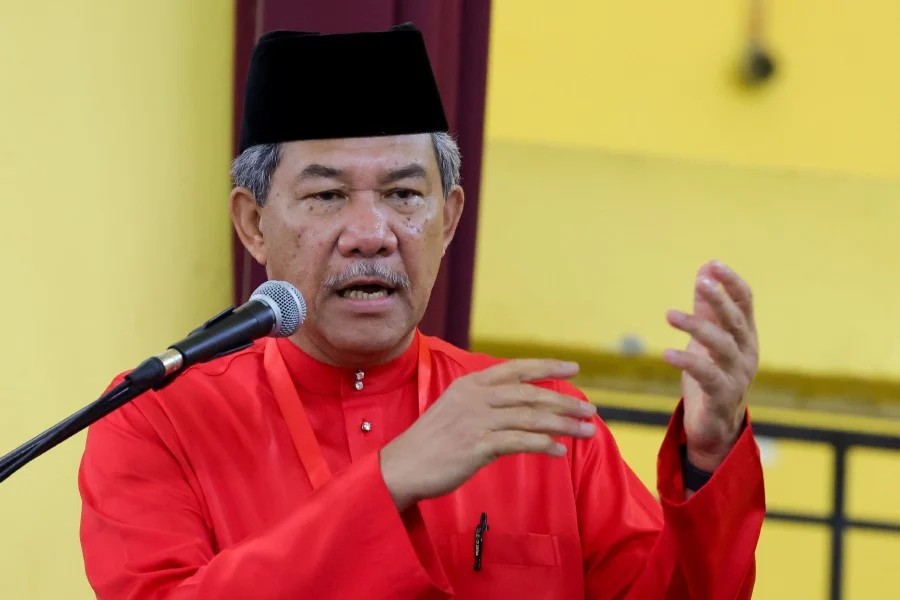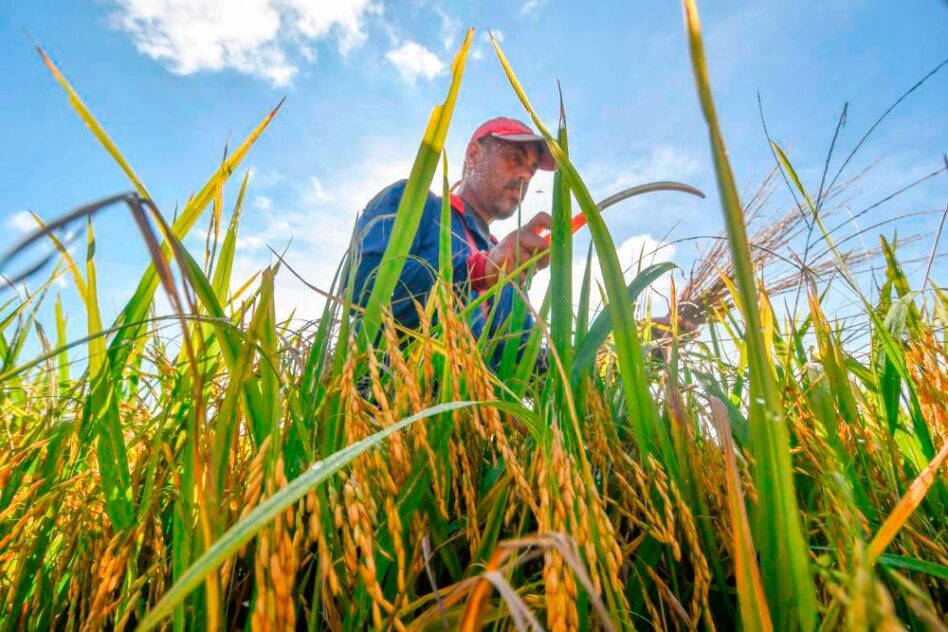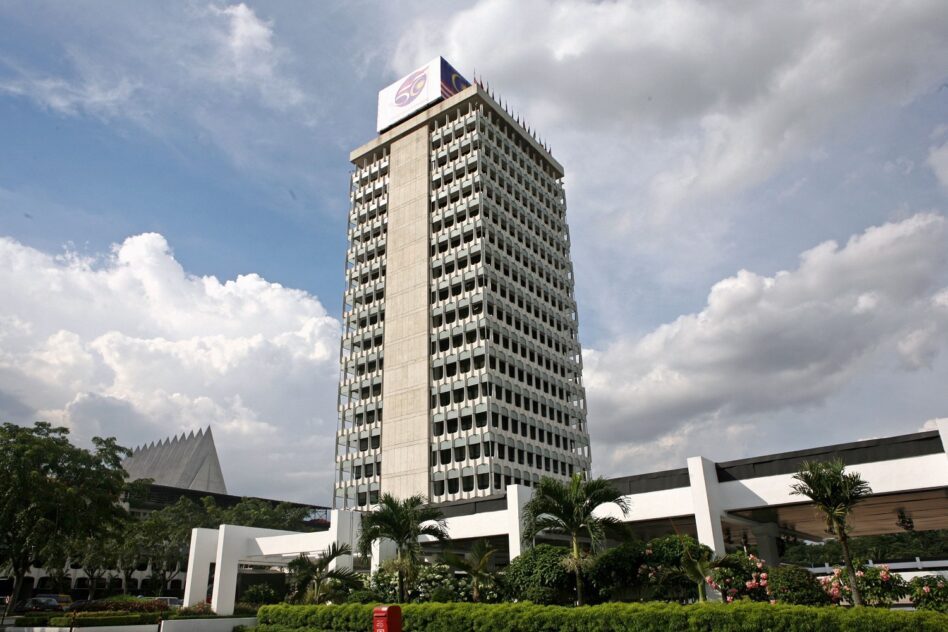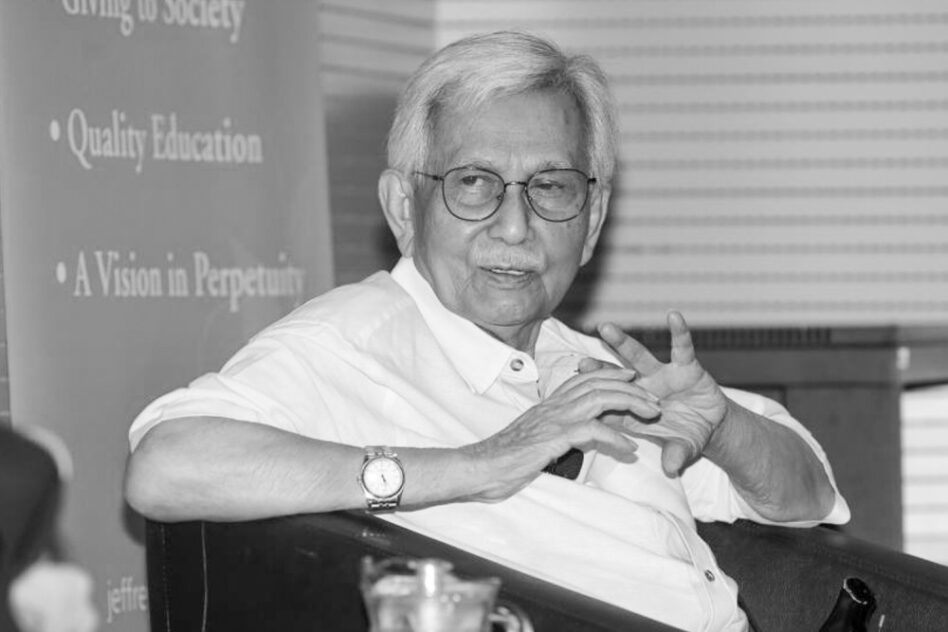LAST year, the Sarawak state government launched the Post-COVID-19 Development Strategy (PCDS) plans which will see Malaysia’s largest state doubling its economic pie with a forecast gross development product (GDP) of RM282 bil by 2030 from just RM136 bil in 2019.
While the state government has put in place a strategic roadmap to achieve its plan in the next 10 years, it is even more crucial for Sarawak to step-up on its aviation industry which plays a key role to not only drive the tourism industry but businesses as well, according to investment and economic analyst Pankaj Kumar.
“More than 5.95 million vaccine doses have been administered to individuals across Sarawak with the state also recording the highest vaccination rate of children aged five to 11 years in the country,” observed Pankaj.
“With the economy opening up, it is time for Sarawak to strategise and bring in more tourist arrivals. Unlike Sabah which has only the Kota Kinabalu International Airport (KKIA), Sarawak has two international airports, the Kuching International Airport (KIA) and the Miri International Airport (MIA).”
However, KKIA has direct flights to more international destinations which include those to Bandar Sri Begawan, Tokyo (seasonal), Manila, Singapore, Busan, Seoul and Taipei.
In fact, the connection to the two South Korean cities has enabled Sabah to attract almost 400,000 tourists in 2019.
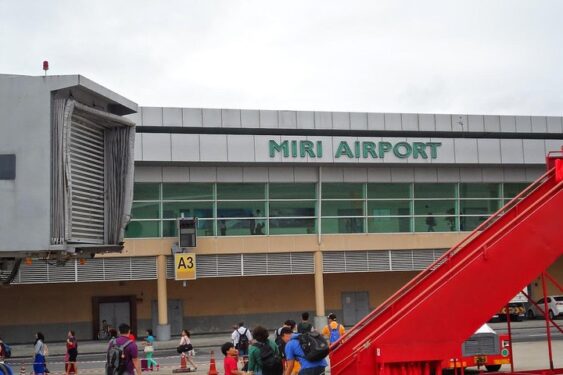
“For KIA, the only direct flights available are those from Bandar Sri Begawan, Singapore while for MIA, Scoot Tigerair is currently the only airline that offers two direct flights from Singapore to Miri per week despite the city’s international airport status,” Pankaj pointed out.
After all, both KKIA and KIA as well as MIA are well-connected with the domestic touchpoints from Kuala Lumpur, Penang, Johor Bahru as they are the main entry points for Malaysians to travel to East Malaysia. However, connectivity with international cities is clearly lacking.
“Being the largest state in Malaysia, Sarawak is well-positioned to be a tourism hub in Borneo as we have seen the data that shows it has tremendous growth potential in terms of tourist arrivals,” justified Pankaj.
“As international airports, both Kuching and Miri are well-connected within the nearest other international cities, but only if connectivity is there, especially cities from Indonesia, the Philippines and Australia, and to a larger extent cities from North Asia like Shenzhen and Haikou.”
In terms of infrastructure, Sarawak has spent rather substantially on airport infrastructure, especially with the new airports in Mukah (in June 2021) and various other expansions in other airports. However, Pankaj opined that Sarawak’s two main airports – KIA and MIA – need further investments as both have outlived their present capacity.
“KIA handled some 5.96 million passengers while MIA served 2.43 million passengers in 2019 while the design capacity of both of these airports is at 5 million and 2 million respectively,” noted Pankaj.
“The Federal Government will need to provide further allocation for the expansion of these two airports, especially in relation to the baggage handling system, airline check-in counters, additional immigration counters, and larger departure areas plus increasing the number of gates.”
After all, Sarawak which accounts for about 9.5% of Malaysia’s GDP in 2020 has tremendous potential especially in relation to its tourism industry.
“However, both the federal and state governments need to work together to bring Sarawak to the next level with better connectivity and improved airport capabilities, thus making Sarawak a true frontier Malaysian state,” added Pankaj. – March 10, 2022


